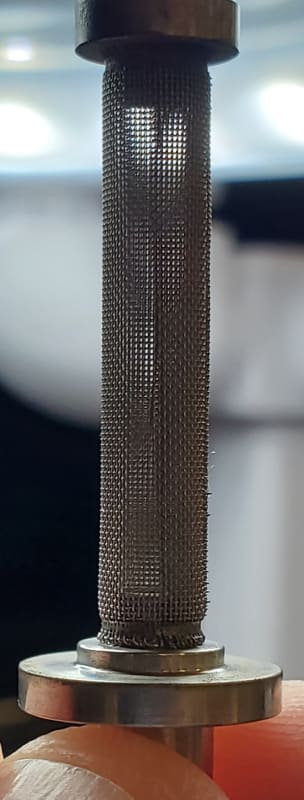Howdy all,
I'm looking for alternatives to Dichloromethane (DCM)? We have a callout to clean the filter in an Starter Control Valve using DCM in a sonic cleaner. So this filter is on the upstream side of the starter valve and I'm guessing just used to prevent contamination of the regulator. DCM is difficult to procure and has environmental and safety issues. We have an ultrasonic cleaner using an aqueous cleaner or I can put the part in a ziploc bag with any solvent I want and put it in the ultrasonic tank. Are there any recommendations for an alternate solvent, or considerations about what I shouldn't use or specific contaminants I should be targeting?
Thanks,
-Kirby
Kirby Wilkerson
Remember, first define the problem, then solve it.
I'm looking for alternatives to Dichloromethane (DCM)? We have a callout to clean the filter in an Starter Control Valve using DCM in a sonic cleaner. So this filter is on the upstream side of the starter valve and I'm guessing just used to prevent contamination of the regulator. DCM is difficult to procure and has environmental and safety issues. We have an ultrasonic cleaner using an aqueous cleaner or I can put the part in a ziploc bag with any solvent I want and put it in the ultrasonic tank. Are there any recommendations for an alternate solvent, or considerations about what I shouldn't use or specific contaminants I should be targeting?
Thanks,
-Kirby
Kirby Wilkerson
Remember, first define the problem, then solve it.

